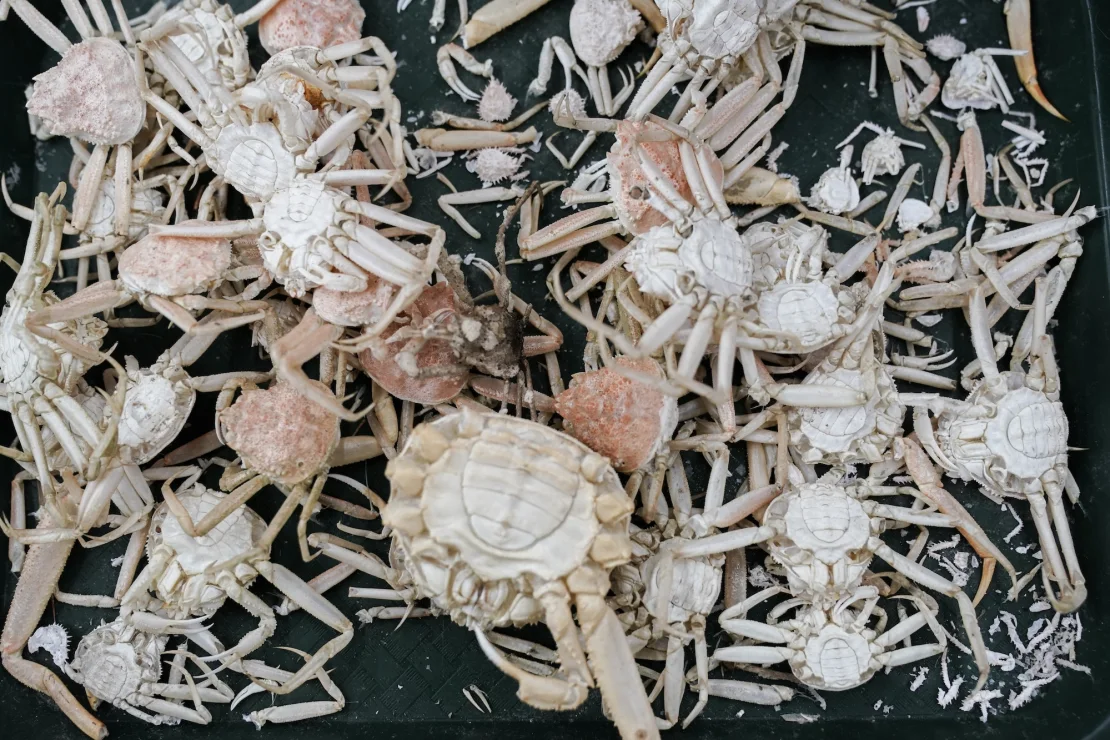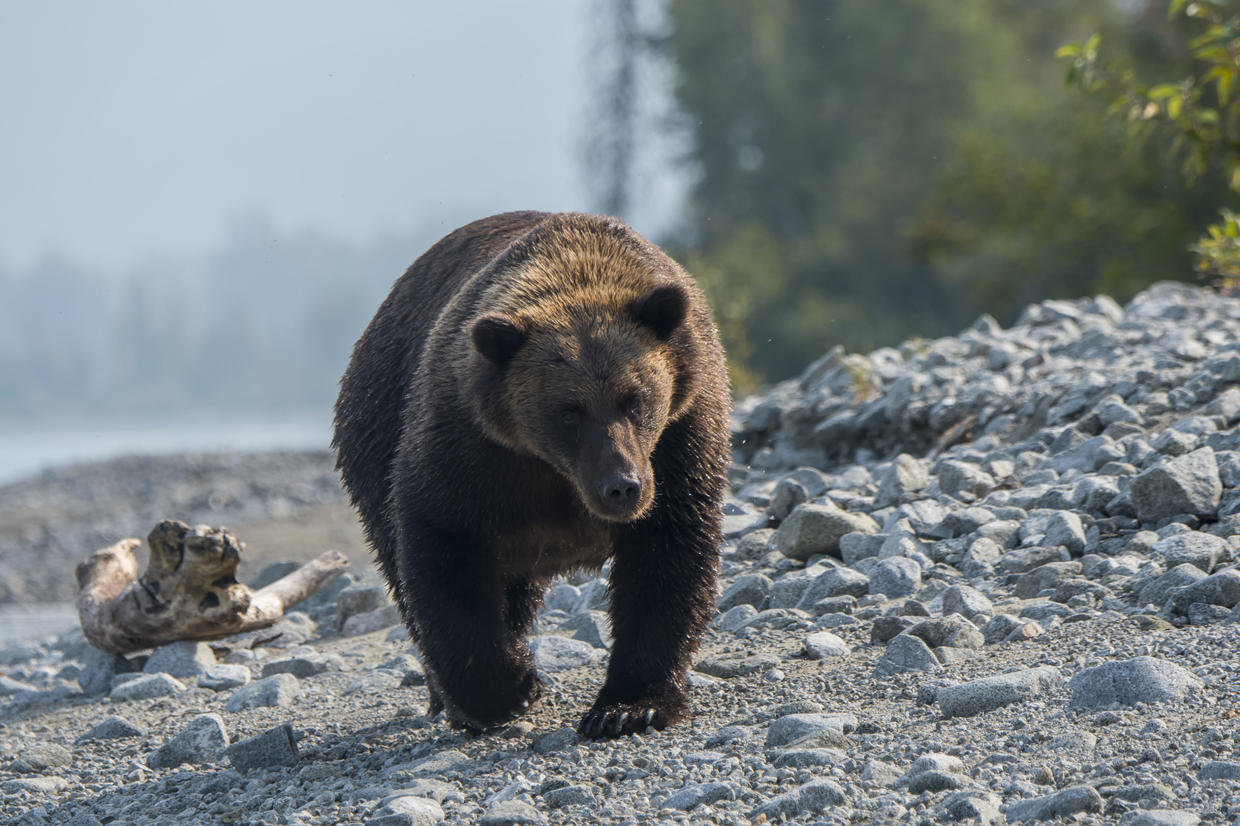Rescue Mission Saves Hundreds of Fish in Grand Teton National Park

Earlier this winter, nearly 900 fish were successfully rescued from a shallow pool at Oxbow Bend along the Snake River in Grand Teton National Park.
The effort, led by the Wyoming Game and Fish Department in collaboration with the Bridger-Teton National Forest, Grand Teton National Park, and Trout Unlimited, aimed to save a newly identified species—the green sucker—from an unusual winter trap.
Oxbow Bend, located between Moran Junction and the Jackson Lake Dam, became an unexpected hazard for the green suckers when an ice-free, spring-fed pool formed amid the frozen surroundings. Drawn to the open water, the fish found themselves trapped in the shallow area without a way to return to the river.
Recognizing the urgency of the situation, Game and Fish biologists developed a plan to safely relocate the fish. Using large nets set from rafts, they gently gathered the fish into smaller areas, allowing personnel onshore to transfer them into coolers. From there, snowmobiles transported the fish to an ice-free section of the river upstream, where they were released.
For years, the green sucker was classified as the bluehead sucker due to its similar appearance. However, genetic research has since confirmed it as a distinct species. The Upper Snake River in Wyoming is believed to hold the majority of the world’s green sucker population, making conservation efforts crucial.
“The Upper Snake River in Wyoming likely contains the majority of green suckers in existence,” said Clark Johnson, a fisheries biologist with Wyoming Game and Fish. “Even before the species split, the Upper Snake was considered a stronghold for the bluehead sucker.”
Beyond the immediate rescue, researchers used this opportunity to advance their study of the species. A total of 43 green suckers were fitted with Passive Integrated Transponder (PIT) tags—small electronic devices that allow scientists to track their movements and monitor growth over time. These tags provide valuable long-term data to support future conservation efforts.
Game and Fish biologists plan to continue tagging more fish in upcoming surveys. Studies conducted over the past 15 years have already identified Oxbow Bend and the Snake River Canyon as key overwintering areas for the species, further emphasizing the importance of ongoing research.
With input from NBC Montana and Wyoming Game & Fish Department.









The latest news in your social feeds
Subscribe to our social media platforms to stay tuned